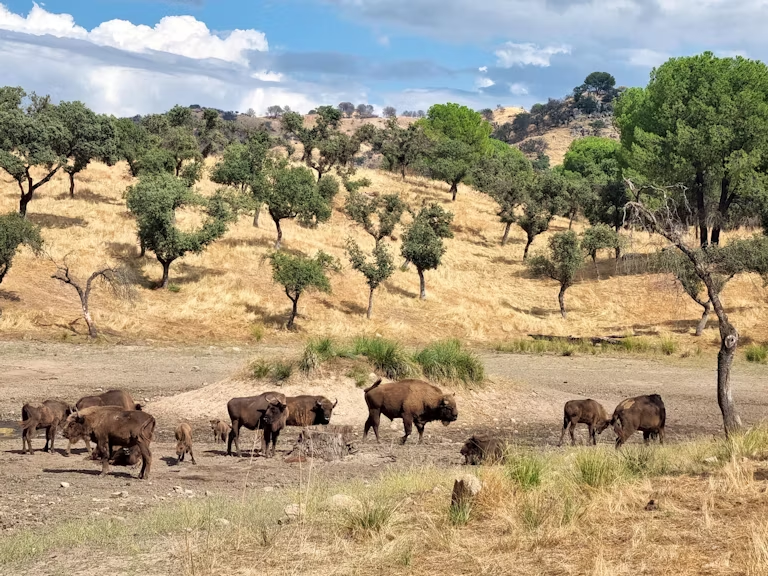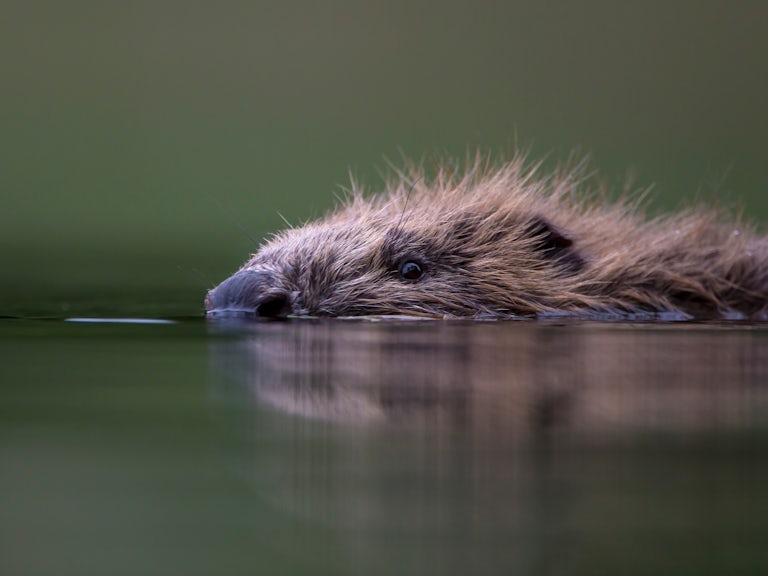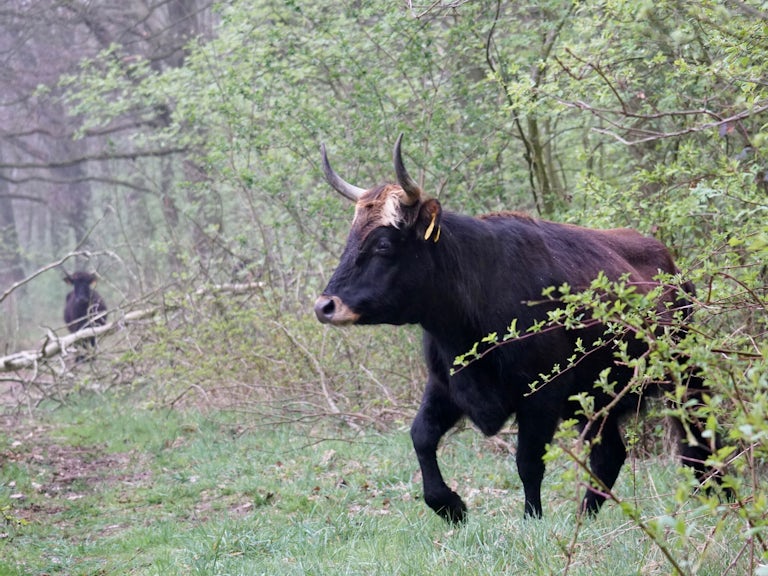Learning to live with lynx
The lynx reintroduction debate is about people and shared understanding. So we need balanced, factual information, as presented by a striking new book.

Published 18/05/2018
A new book written by David Hetherington and with stunning images by Laurent Geslin offers a fresh take on the ongoing debate surrounding lynx reintroductions in Britain.
Unlike wolves and bears that weaved their way into our childhood consciousness, this predator is largely unknown to us. This is perhaps no surprise as evidence suggests they were last seen in Britain in the 16th century.
To address the knowledge gap, The Lynx and Us offers a close look at these secretive ambush hunters, exploring what they eat, how they live and, crucially, how they get on with people.
To find out more about the book and explore the issues further, we caught up with Peter Cairns, director of SCOTLAND: The Big Picture, the book’s publisher:
Why is this book important right now?
With a growing national discussion about the merits of restoring missing native species, it’s important that we all have access to balanced, factual information on which to base our opinions. That’s what this book sets out to provide.
We’re on a journey towards a better understanding of living alongside species we’ve grown used to not having around. It is clear, however, that this is not an ecological discussion but a cultural and political one. It isn’t about lynx, it’s about people. We need to better understand what motivates people to think what they think, say what they say and do what they do.
There are lots of voices in the lynx reintroduction debate – is it possible to reconcile them all?
I think there’s a misconception that this is all about different ‘tribes’ – farmers, gamekeepers, conservationists etc. Yes, there are varied interest groups who live and work in rural areas but there are also lots of other people all with a shared interest in a healthy environment. That in itself is a starting point; it provides common ground. Building from that common ground is often how consensus is established – perhaps with a healthy dose of compromise thrown in along the way.
What benefits would local people and communities expect to see from lynx reintroduction?
I’m not sure we should confine ourselves to the benefits for local people. The return of an apex predator for the first time in British history is something for the nation as a whole. At a pragmatic level, lynx would help with the very costly task of controlling woodland deer and would perform that task all year round, night and day. The process of predation itself drives a whole suite of other beneficial ecological processes.
What about ecotourism?
I don’t think ecotourism is the silver bullet it’s sometimes held up to be, but there’s no doubt that people are increasingly seeking out wildlife experiences and are willing to pay for them. I’ve heard it said that lynx are so secretive that they’d be nigh-on impossible to see. This misses the point. Experience on the Continent has shown that the presence of a wild charismatic mammal is in itself enough to enhance the impression of a nature-rich tourism destination. Besides, if we’re worried that business can’t be generated on the back of an elusive creature, we should look no further than Loch Ness!
What environmental benefits would this apex species deliver?
The principle of trophic cascades is now well established in ecological circles. Predation itself is a natural process that drives many benefits for other species – avian and mammalian scavengers, burying beetles, insect larvae etc. Carcass decomposition returns nutrients to the soil, encouraging vegetation growth, which in turn fuels herbivore populations. Over much of Scotland, where lynx reintroduction is actively being discussed, we’ve arrested these natural processes of birth, death, decay and regeneration. So it could be argued that the biggest benefit doesn’t come from the lynx itself but the impact of its predation on other animals.
How long would it take before such benefits are seen?
We live in a world of instant gratification, where results need to be seen and measured in a matter of a few years. In geological time however, our presence in the landscape and our massive effect upon it can be measured in a few seconds. We need to look at conservation outcomes over a much longer period. Rewilding is not just about lynx, it’s about a long-term revitalisation of the ecological vacuums that we’ve created. Some impacts will be almost immediately obvious, others will take several years, but the bigger picture will crystallise much further down the line, perhaps beyond our lifetimes.
What are the biggest misunderstandings about lynx?
This is an animal that most people know nothing about – the primary driver for us publishing The Lynx and Us. Many people might perceive a risk to humans, but the reality is that lynx avoid people and attacks are extremely rare, so rare they’re virtually unheard of.
Sheep predation is a serious issue in one or two countries but much less so across the lynx’s range where sheep are grazed on open pasture.
So what is typical lynx behaviour?
Like most cats, lynx are solitary and elusive and prey predominantly on medium-sized woodland deer (lynx are very much an ambush woodland hunter). In Scotland’s case, this would primarily be roe and the non-native sika deer. Large males would potentially take red deer hinds and/or calves where they inhabit woodland environments.
It would be possible to live your whole life in prime lynx habitat without ever seeing one.
How many Lynx could be supported in the Highlands?
David Hetherington, the author of The Lynx and Us, carried out a PhD thesis on this very subject in 2005. Based on a whole range of factors – prey availability, woodland cover, potential competition with hunters – he estimated that the Scottish Highlands could support around 400 lynx and the forested areas of the south, a further 50.
What are your thoughts on lynx population control?
For reintroductions of this nature to be successful, a wide range of interest groups needs to see the benefits. In Scotland that includes groups who are perhaps traditionally opposed to large predators but whose support and collaboration are essential. For lynx advocates, compromise is necessary and, in some cases, that may mean lethal control, either to protect livestock or as a valuable hunting resource.
I think we have to look beyond the lynx – as beautiful and charismatic as it is – and work towards the ultimate prize: a wilder Scottish landscape governed more by natural processes and supporting a much broader range of species than exists today. Those species need to live alongside people and be viewed not as a threat but an opportunity.
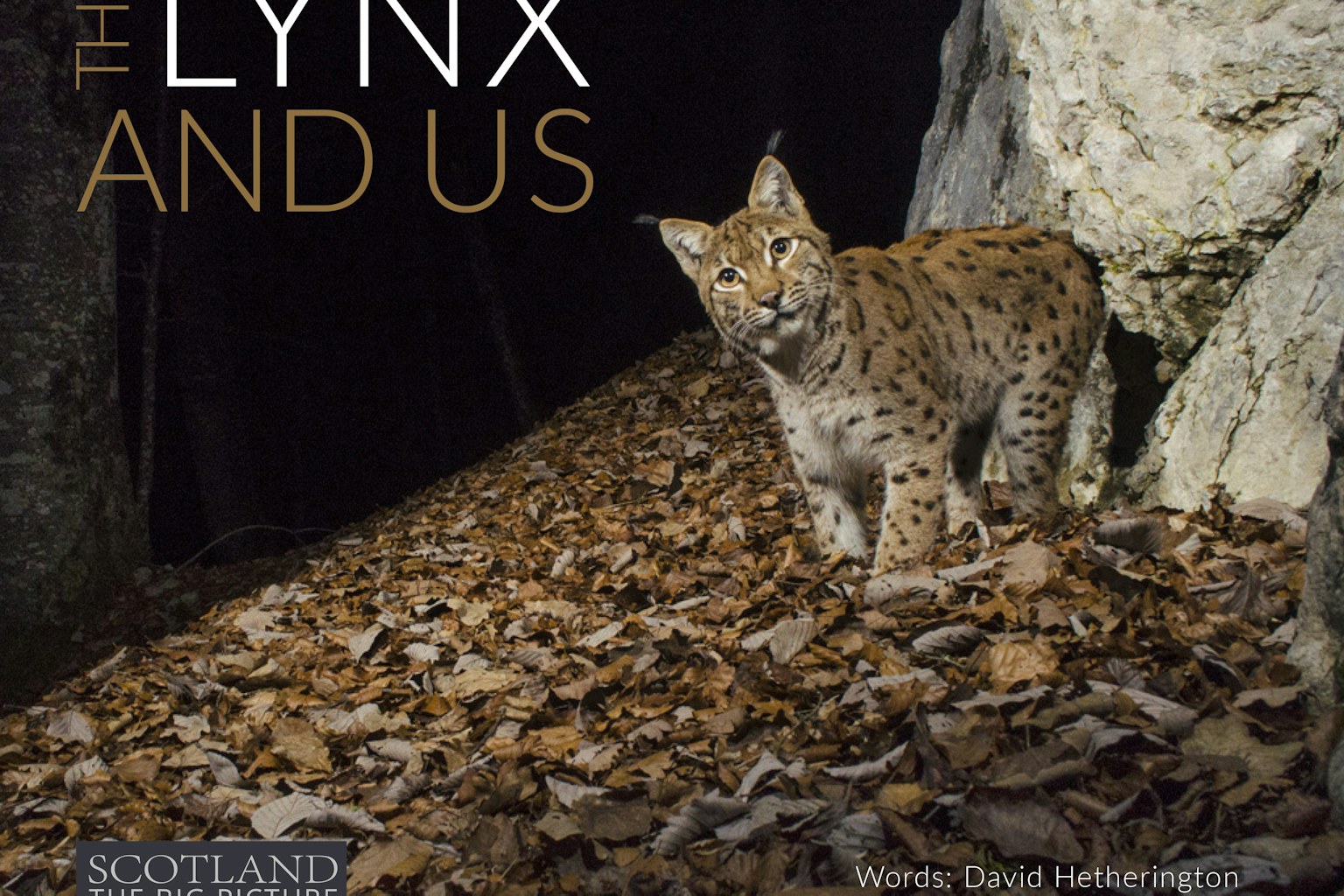
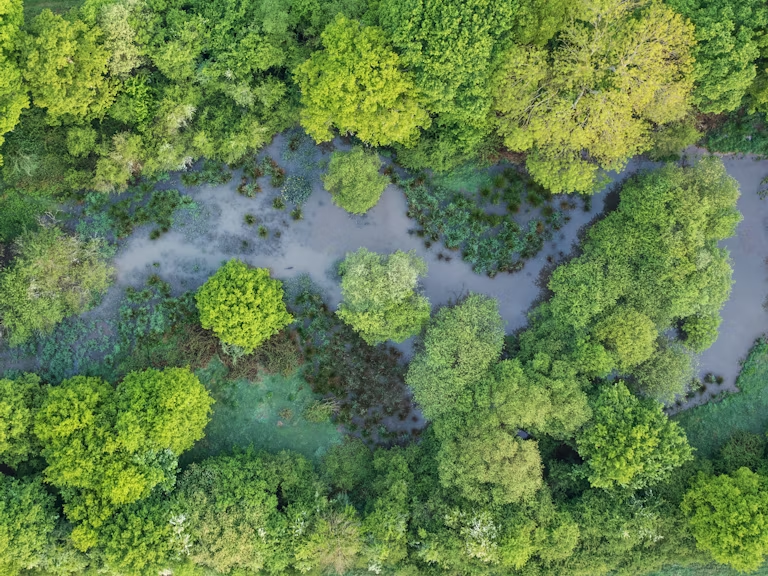
Explore our Rewilding Manifesto
We need UK Government to Think Big and Act Wild for nature, people and planet.
Learn more
Our vision
We have big ambitions. Find out what we’ve set out to achieve through rewilding.
Our 2025-2030 strategy
